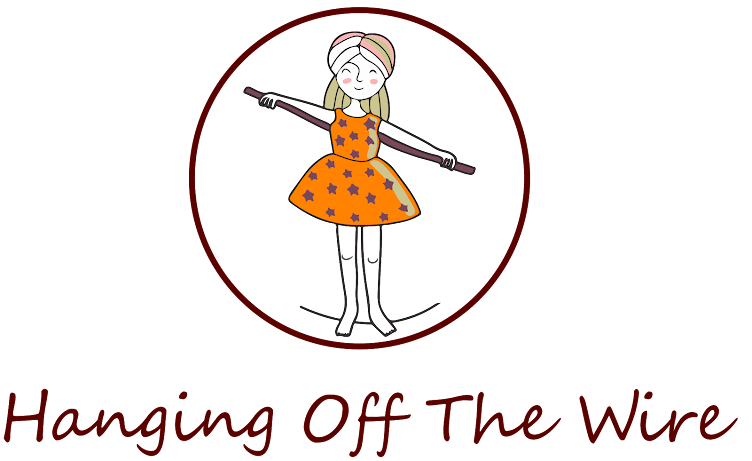If you were to ask teachers how they teach beginning students to read and spell words, you would probably get an answer that includes the idea of using a “balanced literacy” approach. While it sounds completely logical to teach literacy in a balanced way, how is this method currently being employed in classrooms?
One of the best ways for you to understand this type of teaching method is to imagine yourself as a beginner reader. Imagine, for a moment, that you have no understanding of letters, words, or their associated sounds. To you, the alphabet looks like various pictures or symbols.
High-Frequency Words
As a beginner reader, one of your first introductions is a list of high frequency words to learn. Words such as “a”, “and”, “I”, “is”, “that”, “the”, and “to” are included on the list and you are instructed to learn how to read and spell these words. Since you are new to sounding out words, this list of words may confuse you since the sounds in many of these words seem to contradict each other. For example, the letter “a” makes a completely different sounds in the words “a” and “and”. Additionally, the letter “I” makes a different sound in the words “I” and “is”. Unfortunately, this “helpful” list of words may only confuse you about how letters represent sounds.
Initial Phonics
In addition to receiving high-frequency word lists to memorize, you will be taught to focus on the beginning sounds of each letter of the alphabet. You will probably see posters around the room that help identify what sound each letter makes. For example, the letter “a” makes the sound found in the word “apple”, the letter “b” creates the sound found in the word “ball”, and so on. While this sounds easy to understand, the confusion begins once you start to notice that numerous words that start with the letter “a” don’t make the “a” sound that is found in apple. What about words such as airplane, always, ape, and arithmetic?
Names, Read Aloud, and Incidental Phonics
The balanced literacy approach means finding numerous ways to incorporate learning to read into everyday occurrences. Your teacher may encourage you to learn your classmate’s names, participate in read aloud where your teacher reads the book, and point letters out in books that your teacher is reading (i.e., incidental phonics). Unfortunately, all of these methods only add to your confusion.
Writing and Spelling
As a beginner learner you will be encouraged to write your own letters and words. Additionally, you will be tested on how well you are memorizing your high-frequency words. Writing and spelling tend to be difficult tasks since you don’t really know how to form letters. Additionally, you can’t really understand why your high-frequency words don’t follow the one sound rule you are being taught with initial phonics.
Synthetic Phonics
Now that you have imagined what it might be like to learn to read and spell using the balanced literacy approach, you may have a better appreciation for learning how to read.
Fortunately, there is a better approach for teaching students how to read and spell: synthetic phonics. The synthetic phonics approach suggests that young children be given a small set of sounds with their associated letters. Once they have mastered these sounds and can recognize and read them in words, they are given additional sounds in a gradual and systematic way. While many children are able to learn to read and write using balanced literacy, synthetic phonics offers help to the 20% of students who still can’t read after a year of instruction.





No comments:
Post a Comment
Thank you so much for taking the time to comment! I LOVE comments! :)